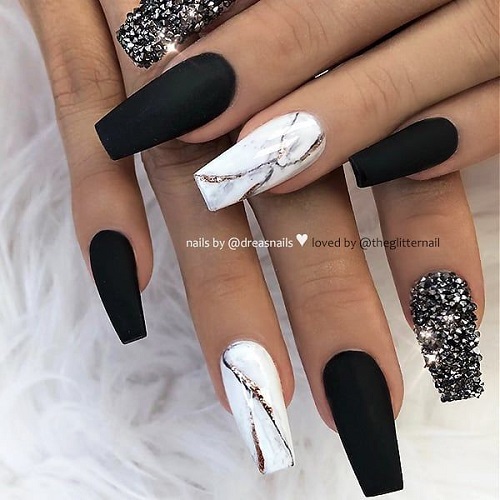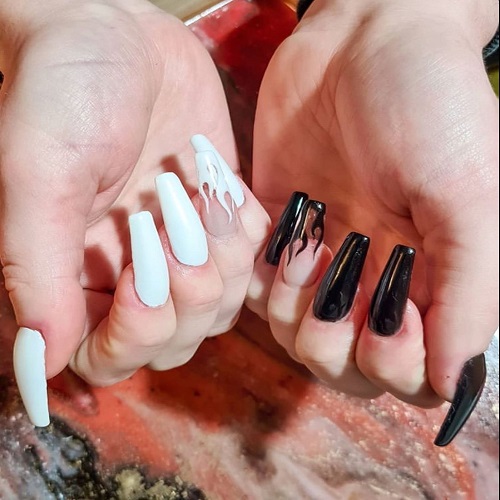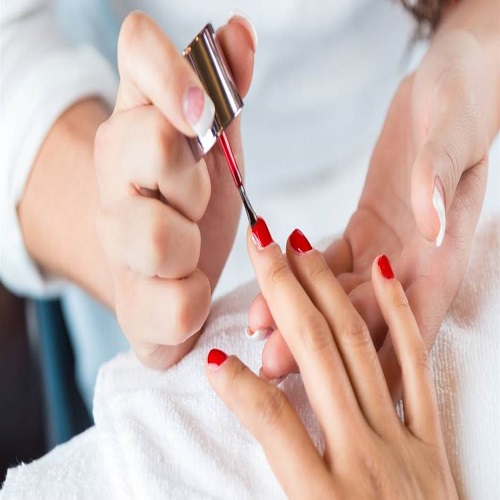Table of Contents
Dogs are lively and energetic creatures that enjoy running, jumping, and exploring their surroundings. Unfortunately, in the process, they may accidentally split or break their nails, resulting in bleeding. Although this can be distressing for your furry companion, it is not uncommon. In this article, we will discuss effective techniques to stop dog nail bleeding and provide long-term tips to prevent future incidents.
Understanding the Cause of Dog Nail Bleeding
Before we delve into the first aid measures, let’s take a moment to understand why dog nails bleed. The “quick” refers to the pink area running through the center of the nail, containing blood vessels and nerves. Trimming the nail too short or splitting it can lead to bleeding from the quick. Additionally, dogs with lengthy nails are more susceptible to injuries as their nails can get caught in furniture, carpets, or fences, resulting in tears or breaks.
Immediate First Aid for Bleeding Nails
If your dog’s nail is bleeding, the first step is to remain calm and evaluate the situation. Here are some immediate first aid measures you can take to stop the bleeding:
Apply Pressure
Using a clean cloth or gauze, gently apply pressure to the bleeding nail. Maintain the pressure for a few minutes until the bleeding subsides. If the bleeding persists, apply increasing pressure and extend the duration of pressure application.
Utilize Styptic Powder
Styptic powder is a clotting agent that effectively stops bleeding. Apply a small amount of styptic powder to the bleeding nail, gently pressing it down. This creates a protective barrier over the wound, allowing it to clot.
Try Cornstarch or Flour
If you do not have styptic powder available, you can use cornstarch or flour as an alternative. Apply a small amount directly to the bleeding nail and hold it in place for several minutes. These powders aid in blood absorption and promote clot formation.
By following these first aid measures, you can halt the bleeding and provide temporary relief for your dog. However, it is vital to take preventive steps to minimize the occurrence of future nail injuries.
Long-Term Prevention Techniques
While immediate care is essential, the most effective way to deal with dog nail injuries is by preventing them altogether. Here are some long-term techniques to maintain your dog’s nails in excellent health and prevent injuries:
Regular Nail Trimming
Maintaining a regular nail trimming routine is crucial to keep your dog’s nails at an appropriate length. Longer nails are more prone to splitting and bleeding. Depending on your dog’s breed and activity level, aim to trim their nails every two to four weeks. Use a sharp, high-quality nail clipper and take care to avoid cutting the quick.
Adopt Proper Nail Trimming Practices
When trimming your dog’s nails, it is vital to follow correct techniques to prevent quick-related injuries. Initiating with small cuts and gradually trimming the nail is advised. In the case of dogs with black nails, where the quick is difficult to discern, extra caution is necessary. If unsure, consider seeking assistance from a professional groomer or veterinarian.
Avoid Accidentally Cutting the Quick
Accidental cutting of the quick can cause significant pain and bleeding. To avoid this, start with small cuts and trim the nail gradually. In the event that you do cut the quick, employ first aid measures to halt the bleeding and refrain from trimming the nail for a few weeks to allow it to heal.
By implementing these long-term preventive techniques, you can ensure healthy nails for your dog and reduce the likelihood of injuries. However, if your dog’s nails bleed excessively or are accompanied by symptoms like limping, swelling, or discharge, it is crucial to seek veterinary assistance.
Knowing When to Seek Veterinary Assistance
While most nail injuries can be treated at home, certain situations require professional veterinary attention. Here are some circumstances in which you should promptly seek veterinary assistance:
- Excessive bleeding that does not stop with first aid measures
- Severe nail breakage or splitting
- Visible signs of severe pain or discomfort in your dog
- Presence of infection or accompanying symptoms such as limping, swelling, or discharge
If you observe any of these symptoms, it is imperative to seek veterinary assistance without delay. Your veterinarian may recommend additional treatment options, such as antibiotics or pain medication, to aid your dog’s recovery.








